The Curious Quantum World: Part 10 - Hyperluminal Communication, Nonlocal Entanglement, and Quantum Clones
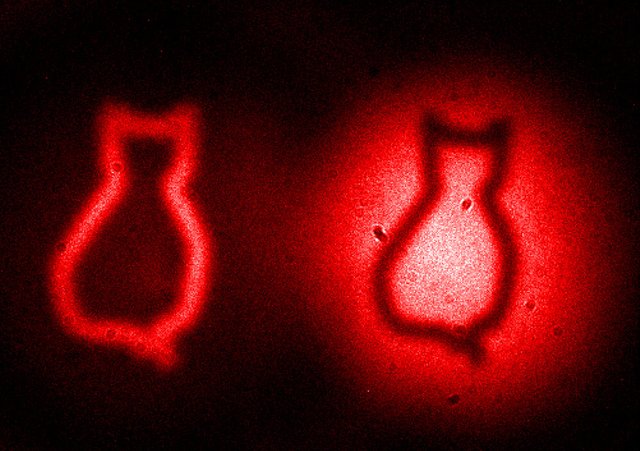
If a pair of photons is entangled on the quantum level, whenever the polarization of one of the pair is measured, the other is instantly known to have the opposite polarization.
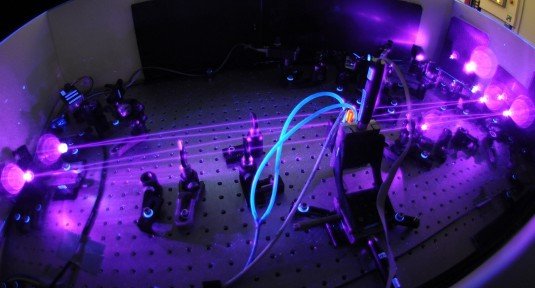
Although this seems like instantaneous action at a distance, it cannot be used to send messages faster than light. But if we could build a quantum cloning machine, a device that could perfectly duplicate the polarization of a photon, it could be used to create a telegraph paradox. Luckily, quantum cloning machines are impossible.
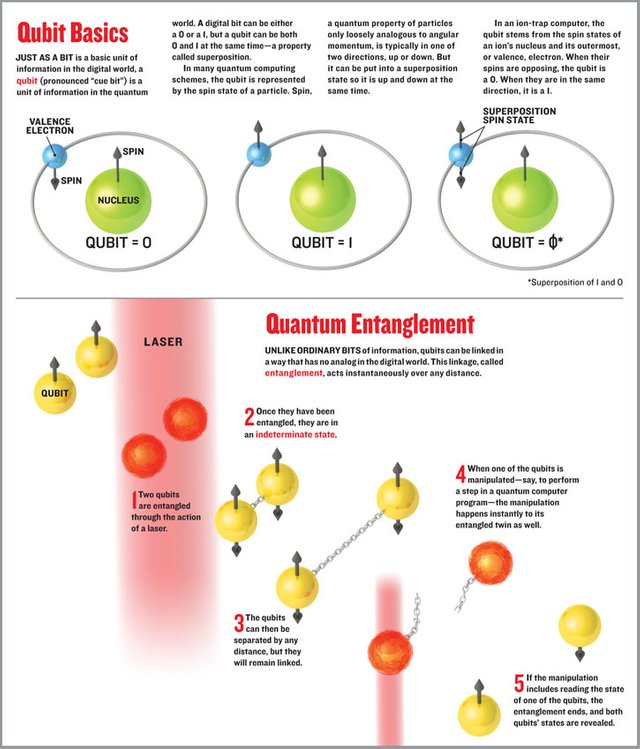
Entanglement is a very general feature of the quantum world.
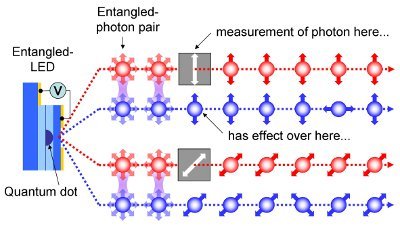
Although any type and number of particles may become entangled, the simplest example is an entangled pair of photons. Photons have a special property called polarization, which we can think of as the plane of the light wave’s vibration. The wave property of polarization is also a property of the individual photons; each photon is associated with a direction in space. If a vertically polarized photon encounters a vertical polarizer, it can pass through, and if it encounters a horizontal polarizer, it is blocked. If the polarizer has a diagonal direction, we can only predict probabilities that the photon will be transmitted. If the photon passes through the diagonal polarizer, its polarization is changed to that of the polarizer. We cannot directly determine the polarization of a single photon; the best we can do is set our polarizer at some angle and see if the photon goes through or not. We cannot tell for sure what the angle of the polarization was before we did the experiment.
A pair of experimentally generated photons move in different directions, but their polarizations will be entangled.
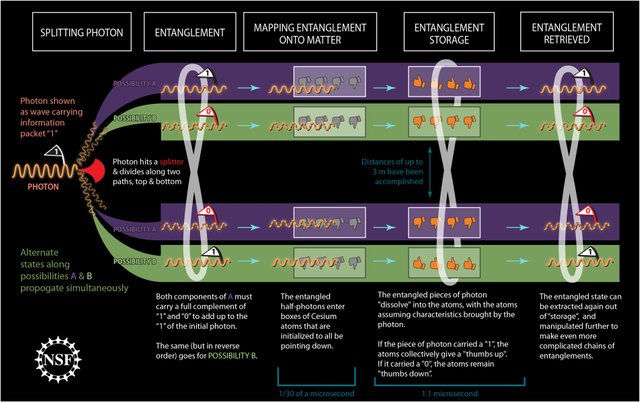
Such photons’ polarizations are always exactly perpendicular to each other. The so-called common-sense idea about entanglement is that the polarizations are determined the moment the photons are produced. This presumes entanglement is merely a prior agreement between the entangled particles.
Albert Einstein, Nathan Rosen, and Boris Podolsky wrote a paper on quantum entanglement arguing this deterministic view, known as the EPR argument.
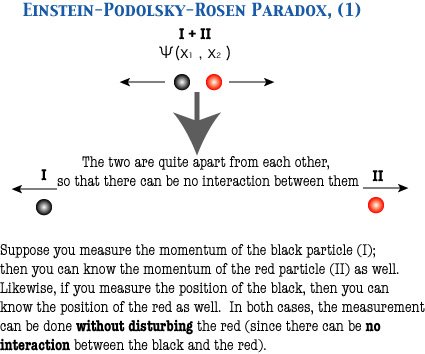
Quantum mechanics, however, only predicts probabilities, so EPR argues that quantum mechanics must be an incomplete theory of the physical world. The EPR argument was influential but not quite airtight.
Irish physicist John Bell was able to turn the EPR argument around by showing that the quantum mechanics of entanglement is actually inconsistent with the consequences of the EPR argument.
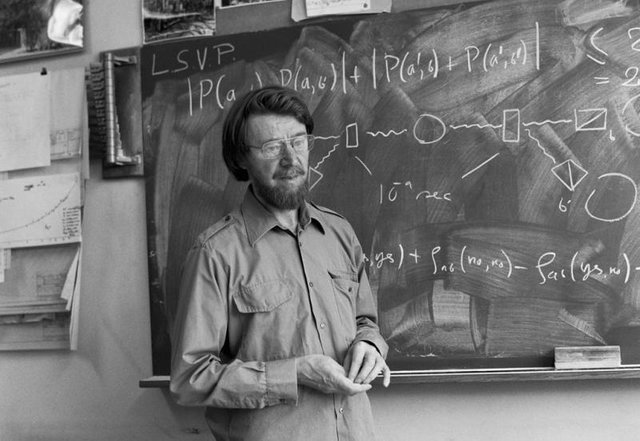
In the quantum world, either measurement results are truly indeterminate or the entangled particles must exchange instantaneous messages whenever they are measured. Bell leaned toward the latter view. Bell's theorem said that quantum mechanics was nonlocal and defines the distinctions between quantum mechanics (QM) and the world as described by classical mechanics.
Does entanglement mean we can send messages faster than light? No, Not really.
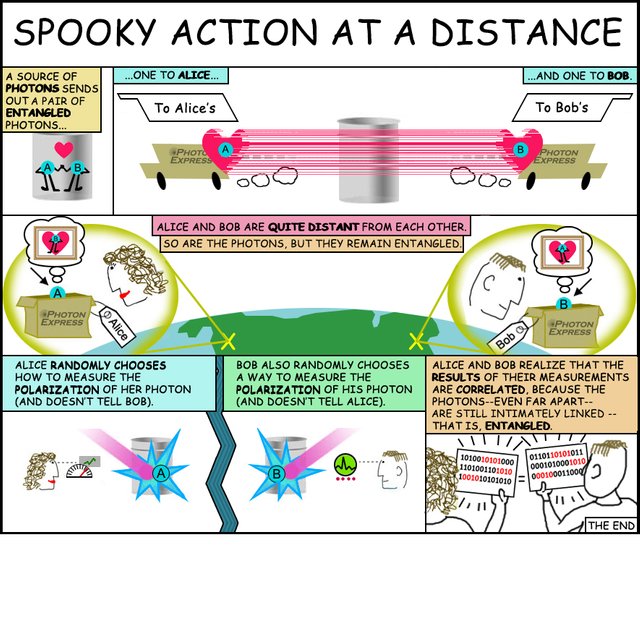
A pair of entangled photons can be measured by 2 different observers, but we cannot control which observer receives which polarization that is, which message. Imagine 2 observers, Alice and Bob. Alice cannot control the result of her measurement, but she can control which measurement she makes. Alice can set up her polarizer along the vertical line (situation 1) or a diagonal line (situation 2). Bob cannot tell the difference between situation 1 and situation 2. He can only make a measurement. Alice’s choice does not affect Bob’s observation.
American physicist Nick Herbert proposed a quantum cloning machine that could allow for Hyperluminal Communication.
.jpeg)
If Bob had such a machine, he could make a hundred copies of his photon and send them through a vertical polarizer. If Alice measured her photon with a vertical or horizontal polarizer, either 0% or 100% of Bob’s photons would come through. If Alice measured her photon on a diagonal, only 50% of Bob’s photons would come through. Thus the angle of Alice’s measurement, not the polarization she measures, can be used as the message. This kind of message is not limited by the speed of light, which means it can create a telegraph paradox.
Israeli physicist Asher Peres reviewed Herbert’s work and said that we are certain we cannot send information faster than light, so Herbert must be wrong somehow.
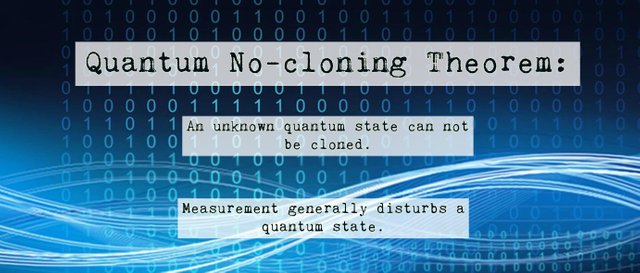
A physics journal published Herbert’s work, knowing it was incorrect and inviting people to think about why. Within a few months, Wojciech Zurek, William Wootters, and Dennis Dieks were able to prove the quantum no-cloning theorem mathematically. Interestingly, the no-cloning theorem has nothing to do with relativity or time travel; it proves that information (such as the polarization of a particle) cannot be perfectly copied. In some sense, the impossibility of a quantum cloning machine is what safeguards the universe from paradoxes by preserving cause and effect.
We are left to ponder the question is the quantum entanglement between particles a form of information and why or why not?
End Part 10
PART 1, PART 2, PART 3, PART 4, PART 5, PART 6, PART 7, PART 8, PART 9, PART 10
Please Resteem  or
or  or
or  @pjheinz
@pjheinz
Image Credits:

science is really cool!